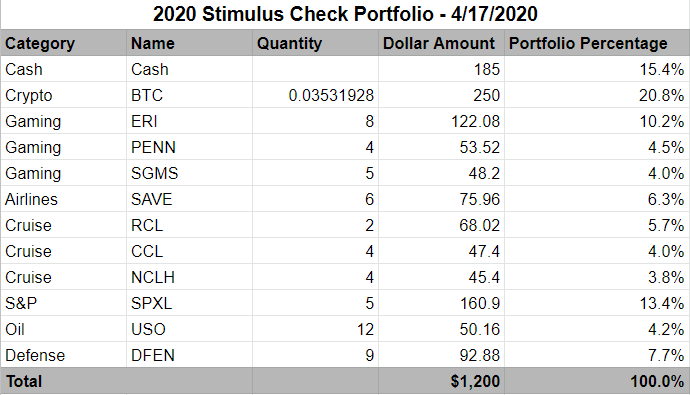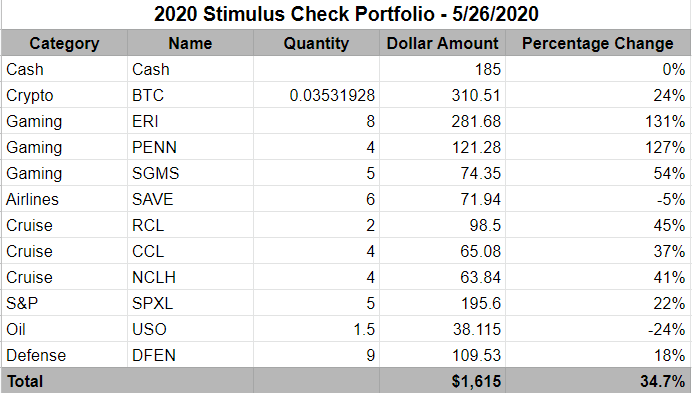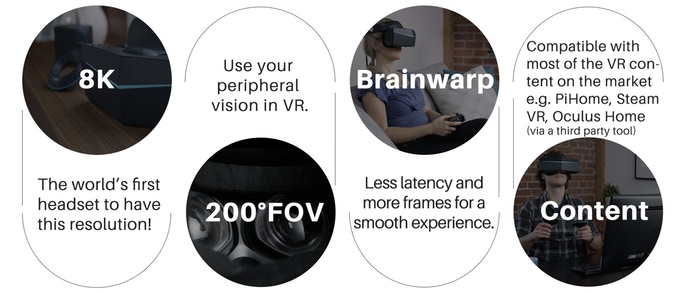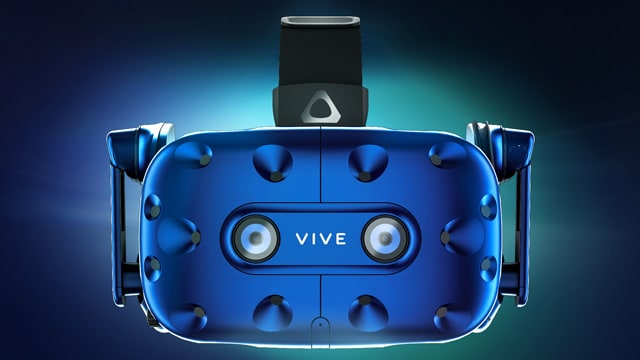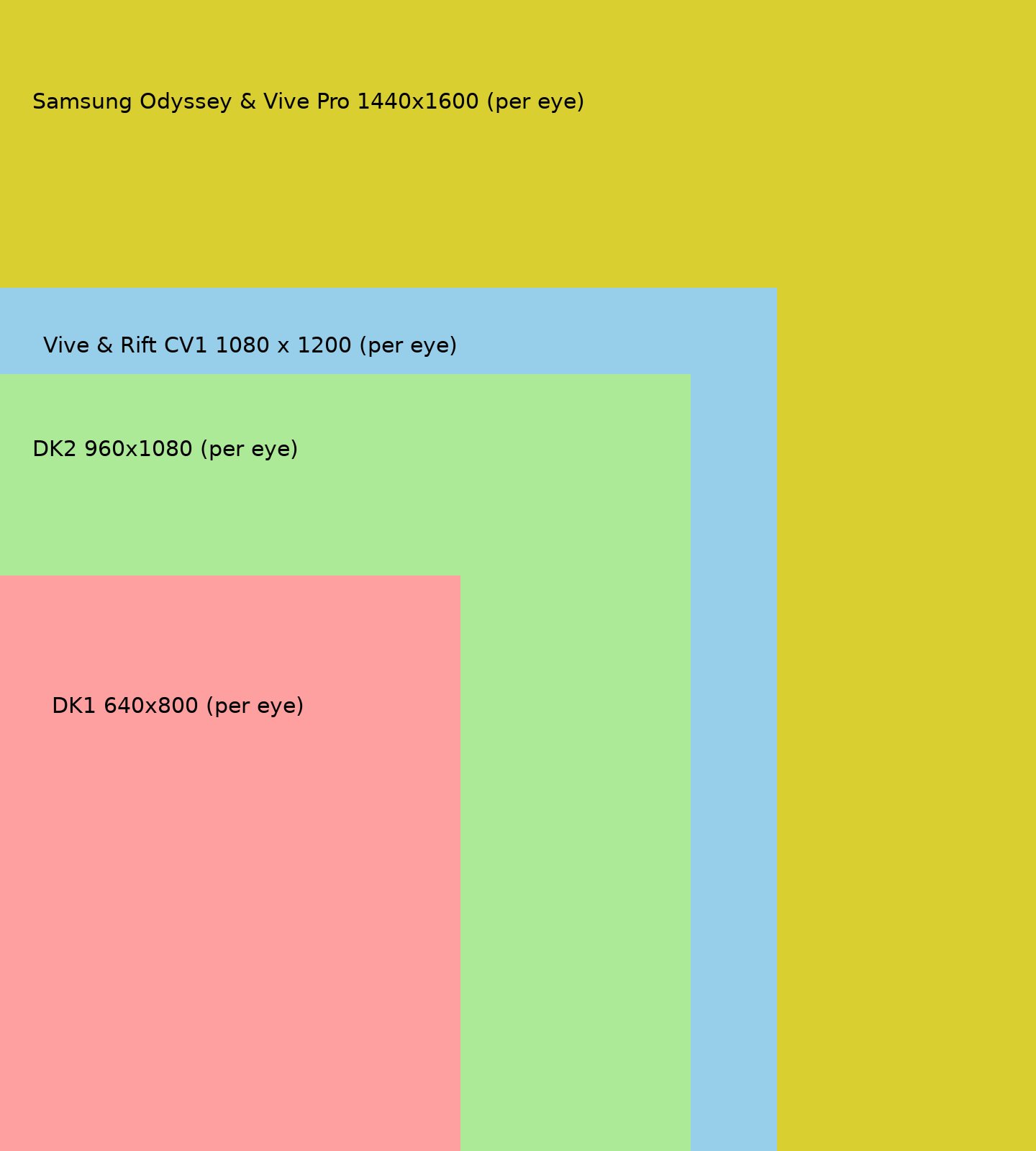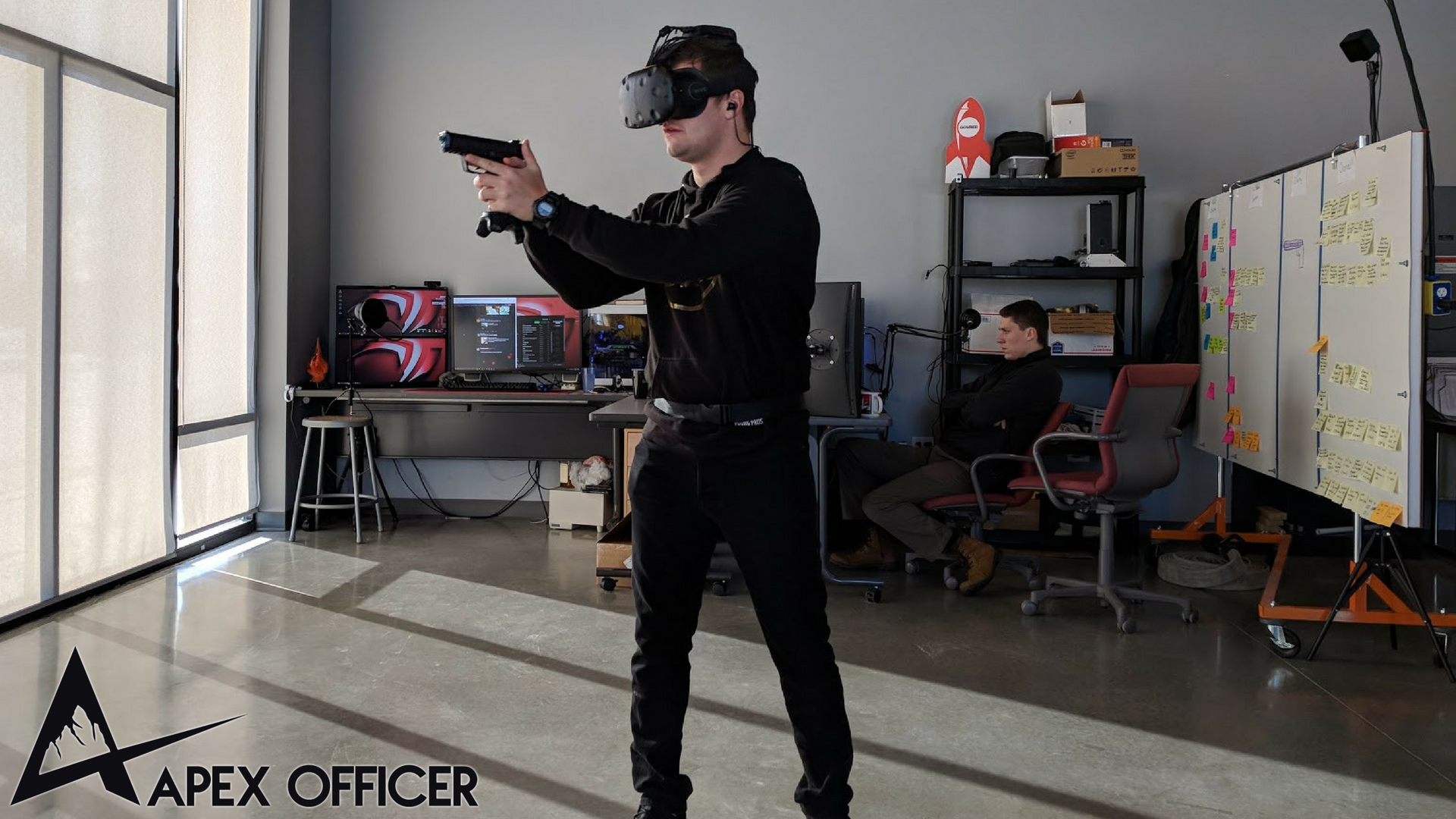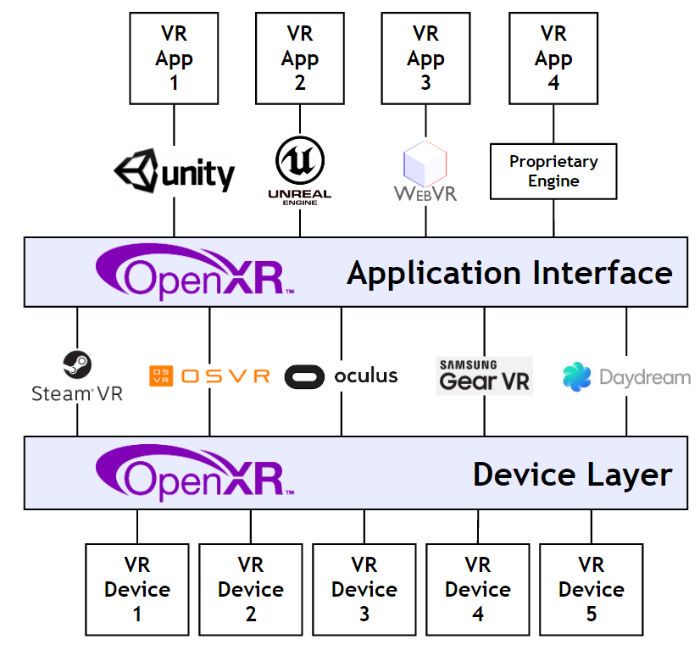Enterprise Adoption
The professional and enterprise use of Virtual Reality, in my opinion, will skyrocket in 2018, with applications for education, training, rehabilitation, psychology, marketing, art and other 1000 possible usages that will start becoming pretty popular. Imagine virtual training and certification programs for everyone from sales reps to aerospace engineers.
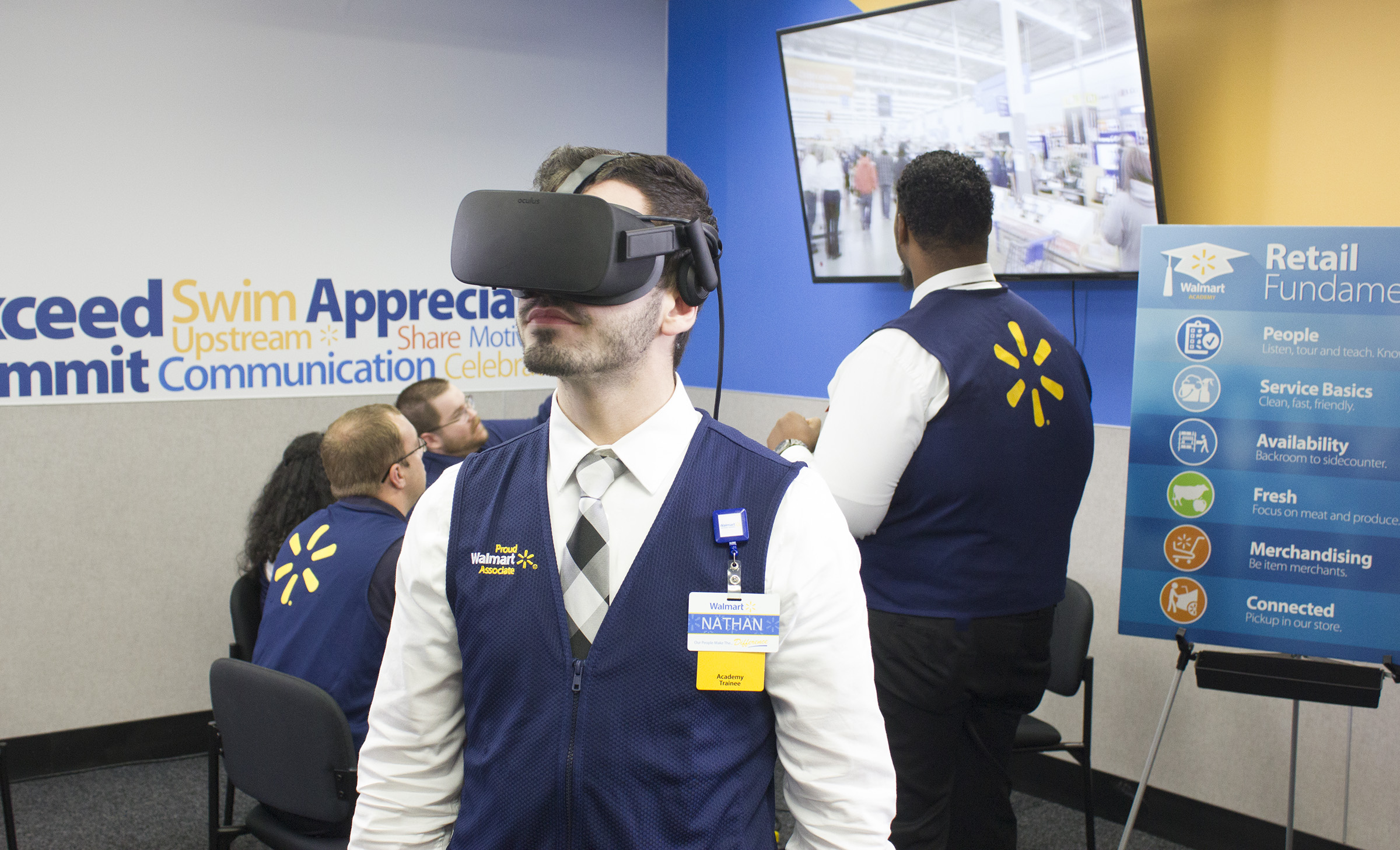
I don’t think we’ll see a case where VR will create new jobs in the enterprise setting, but rather it will be incorporated into the workflow of existing types of roles and jobs. For example, rather than have a welding trainee accompany an experienced worker to learn how to carry out a repair, a 3D simulation of the process can be created so that the trainee can learn before starting the job.
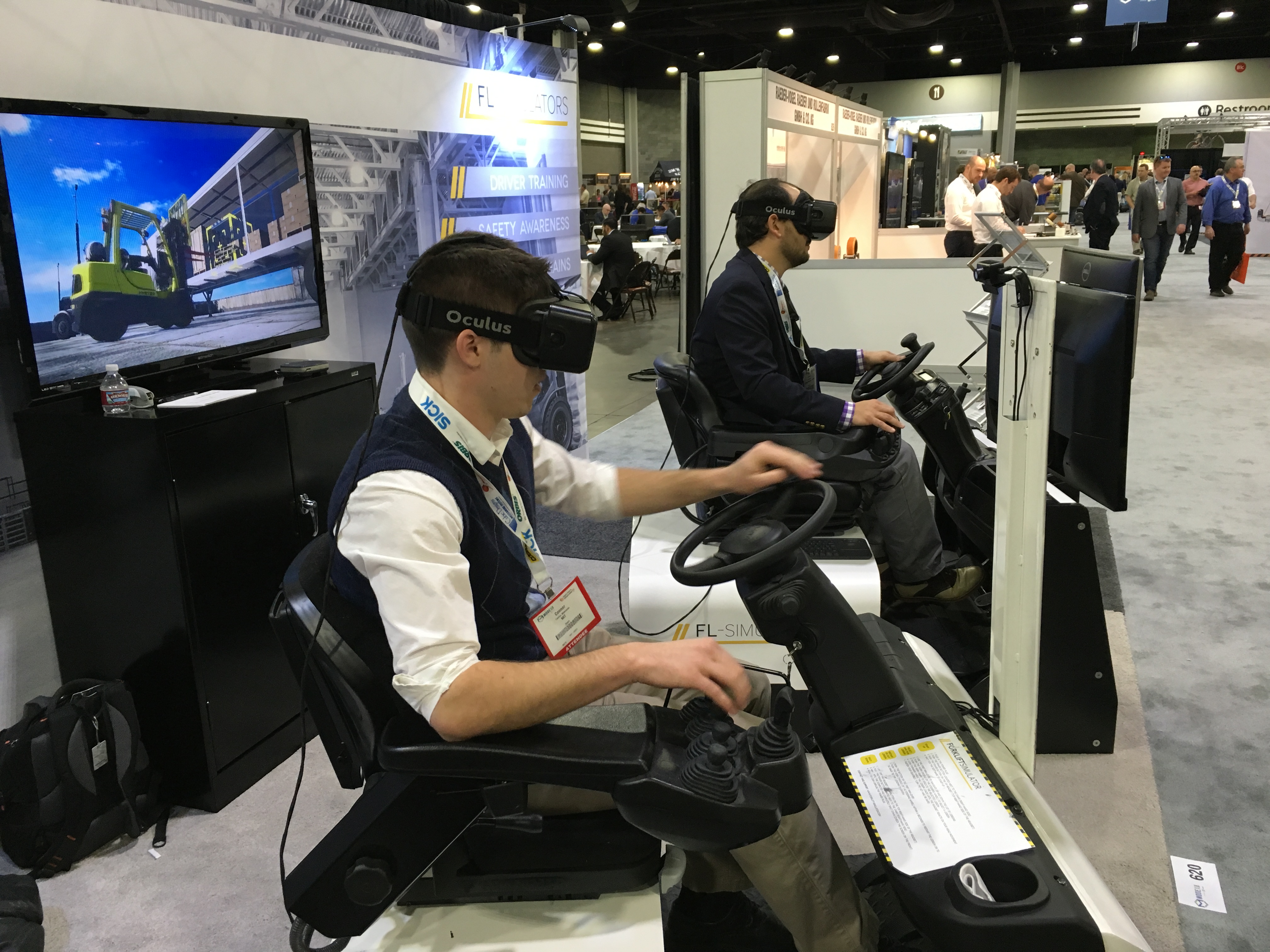
Before all of these industries start deploying VR headsets to workers, we’re going to need growth in enterprise VR software and content development. The possibilities of VR in the enterprise are endless, and I can’t wait to see the ways it will reshape business as we know it.
Higher Quality Content
If you ask the average consumer, “why haven’t you purchased a high-end virtual reality headset?” They will probably tell you that, “they haven’t bought a virtual reality device because they don’t find it useful enough.” Unless they have a specific use case or FOMO, it’s hard to justify spending a rent payment on “video games.”
A lot of people in the industry keep talking about the “magical VR killer application,” that will make everyone run to the stores and buy a VR headset. However, that’s just a pipe dream. For widespread adoption, what we really need is more high-quality content.
Currently, most VR applications are just games or storytelling experiences. We need less zombie wave shooters and more social content, educational content, content for work, content for learning, etc. Additionally, we need more content and games tailored to different kinds of people.
The technology is here and has been for years. It will keep evolving as that’s what technology does. No one doubts that. However, the technology itself is just an empty shell without the content to drive it.
AAA Titles
I’ll admit it, developing for VR takes a lot of time and resources. The pool of potential customers is very niche, and the economics aren’t in the developers’ favor. It doesn’t make sense for studios and game devs to invest the time and resources into a project that doesn’t have a lot of potential customers. However, AAA titles will be the catalyst for VR widespread adoption.
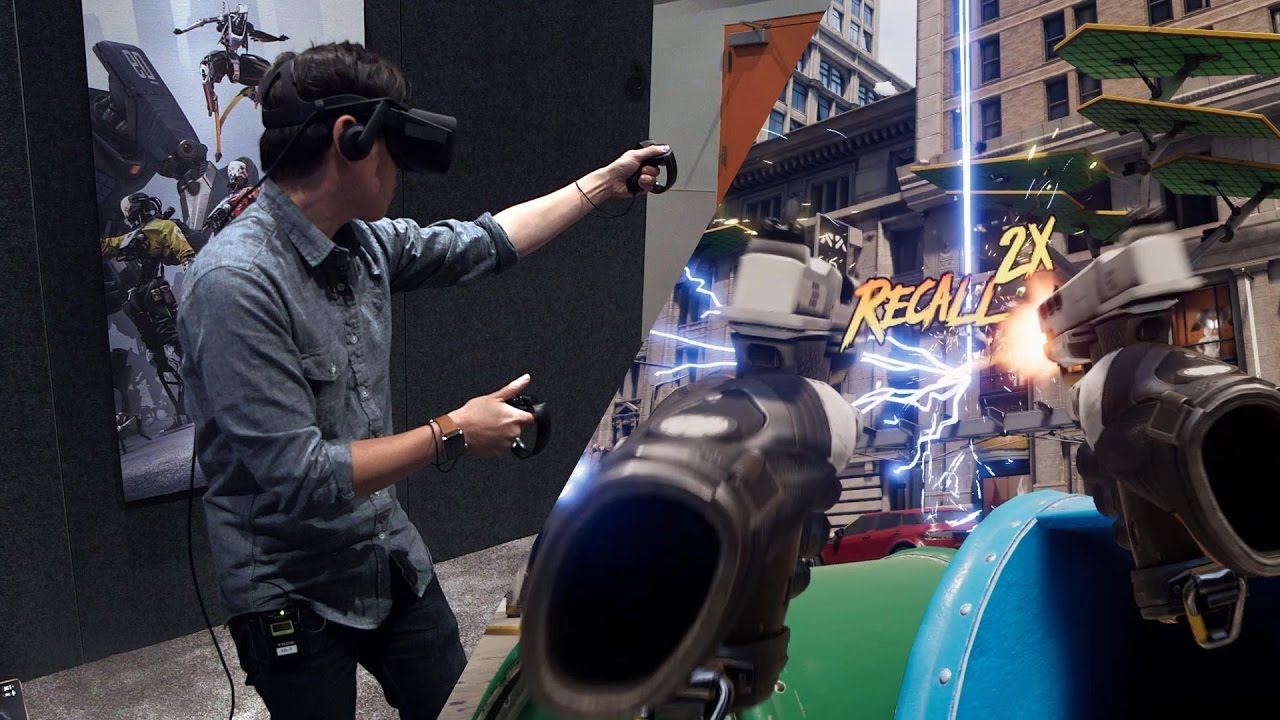
Over the past year, we made significant steps forward in high-quality VR-exclusive games such as Robo Recall, Google Tiltbrush, Star Trek: Bridge Crew, Onward, Rec Room, Arizona Sunshine and more.
In 2017 we also saw a wave of VR ports of AAA games, like Fallout 4 VR, Superhot VR, LA Noire: The VR Case Files, Doom VFR, Skyrim VR, Payday VR, and more.
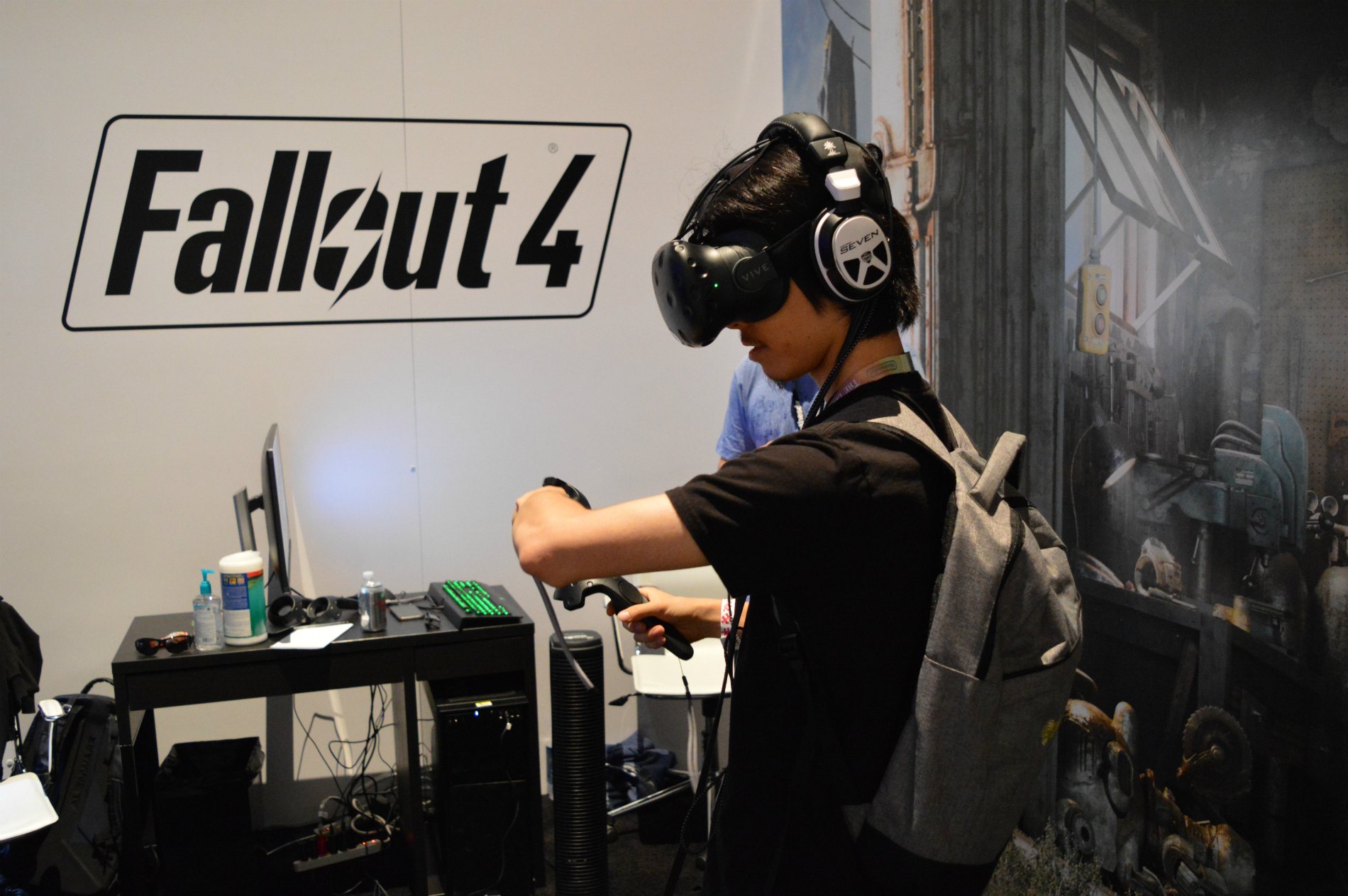
In 2018, I think we’ll continue seeing improvements in the quality and length of VR games and experiences, as well as additional VR portings of games (cough GTA cough).
Standalone Headsets
We all know this: 2018 will be the year of standalone headsets. If they don’t sell over 2 million units in 2018, I will be very surprised due to the low barriers to entry for the consumer.
In 2017, a lot of companies have started investing in the standalone form factor:
- Qualcomm (with the Snapdragon 835 VR reference design).
- HTC announced the Vive Focus at the end of the year.
- Pico announced NEO, a completely 6DOF VR headset.
- Facebook/Oculus announced their cheap Oculus GO and Oculus Santa Cruz headsets.
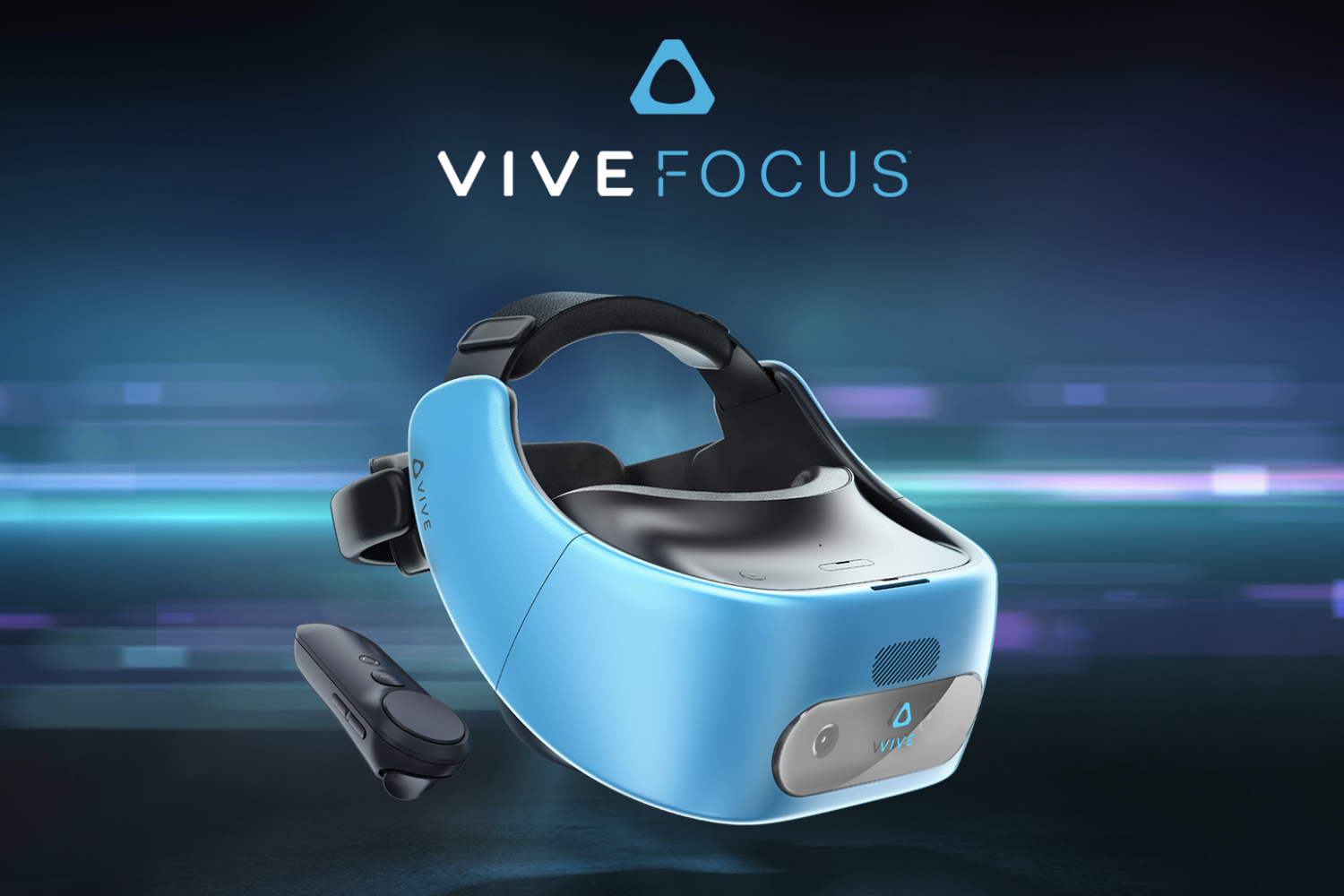
Although standalone headsets are good for widespread adoption, standalone headsets could kill the potential of this industry. If more people are using standalone headsets, the need to push the industry and the technology further becomes second priority. We need higher resolution headsets, we need better GPUs capable of powering two 4k displays at 120 fps. I’m worried that the focus on standalone headsets will derail what the core users and early adopters actually want.
Immersive Accessories
In 2018, I think we’ll see more and more accessories, of every kind, for every price. Examples of accessories that we’ve seen in 2017 and that we’ll continue seeing in 2018 are:
- Haptic Feedback Suits
- Special Controllers
- Guns and Weapons (we’ve already built a few…)
- Sports Equipment (Tennis Racquets, Hockey Sticks, Golf Clubs, Baseball Bats, Etc.)
- Brainwave Readers
- Scent Emitters
- Haptic Gloves
- Cable Management Solutions
- Cockpits
- Treadmills
- Motion Machines
- Driving Simulators
- VR Bags/Suitcases
- Etc….
Arcades
If you haven’t seen a VR Arcade pop up in a town near you, you’re either living under a rock or in a very small town in the Midwest. We even opened one in summer of 2016 in a Midwest state, so you’ve probably seen one.
In 2017, VR Arcades spread like the plague across the country and they were even more popular in the Eastern part of the world (China and Japan).
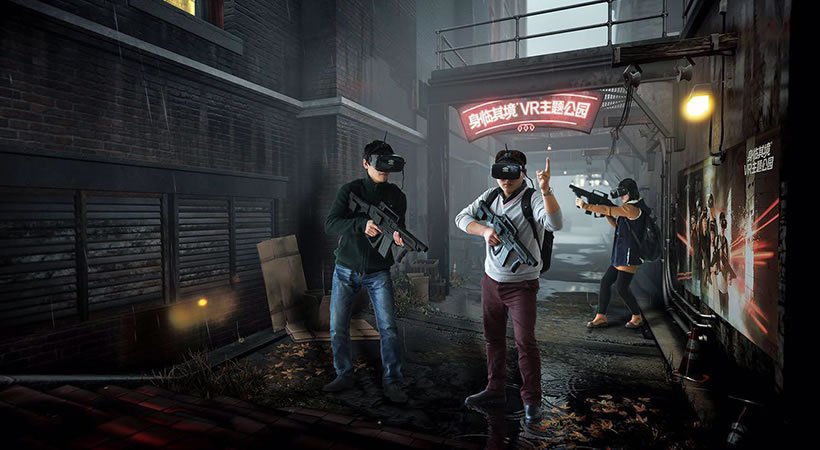
In 2018, we’re going to blessed with both highly technological VR theme parks with massive warehouse-scale VR experiences and smaller, niche, locations that allow users to pay to use a VR device (like the HTC Vive or Oculus Rift) that you can’t afford at home.
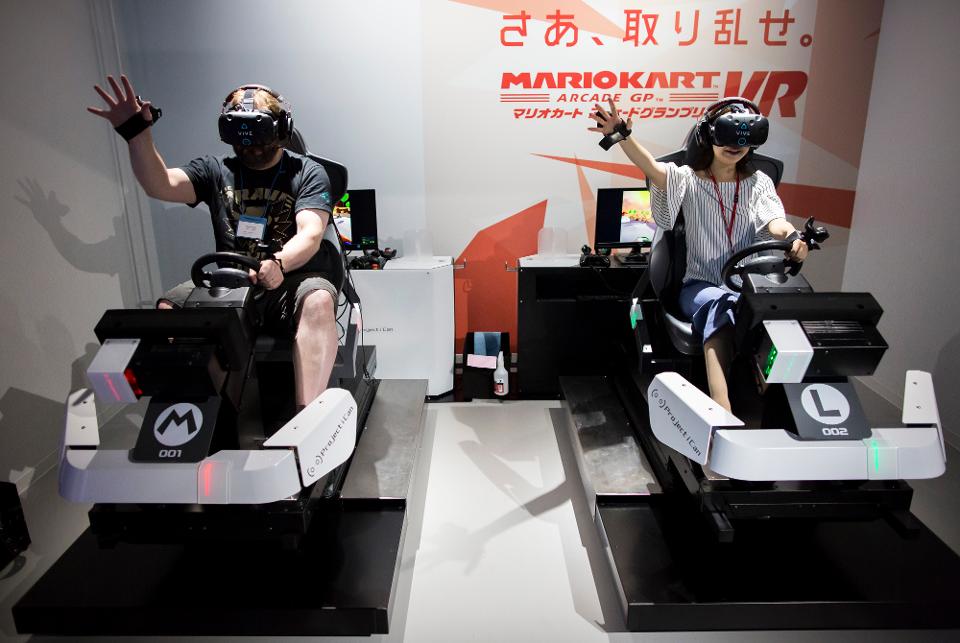
As the awareness of virtual reality continues to spread across the world, the rise of VR arcades will continue. However, this trend will reach a plateau heading into 2019. By 2019 the price of consumer-grade virtual reality headsets will become more affordable to the average family and instead of spending $50 for a family of 4 at their local VR arcade, they will make the investment and purchase a VR system for their home.
Conclusion
The actual applications for VR are endless. Virtual Reality can never replace “reality” (or at least, our perception of reality as some people claim there is no one “reality”), but it can sure help it.


